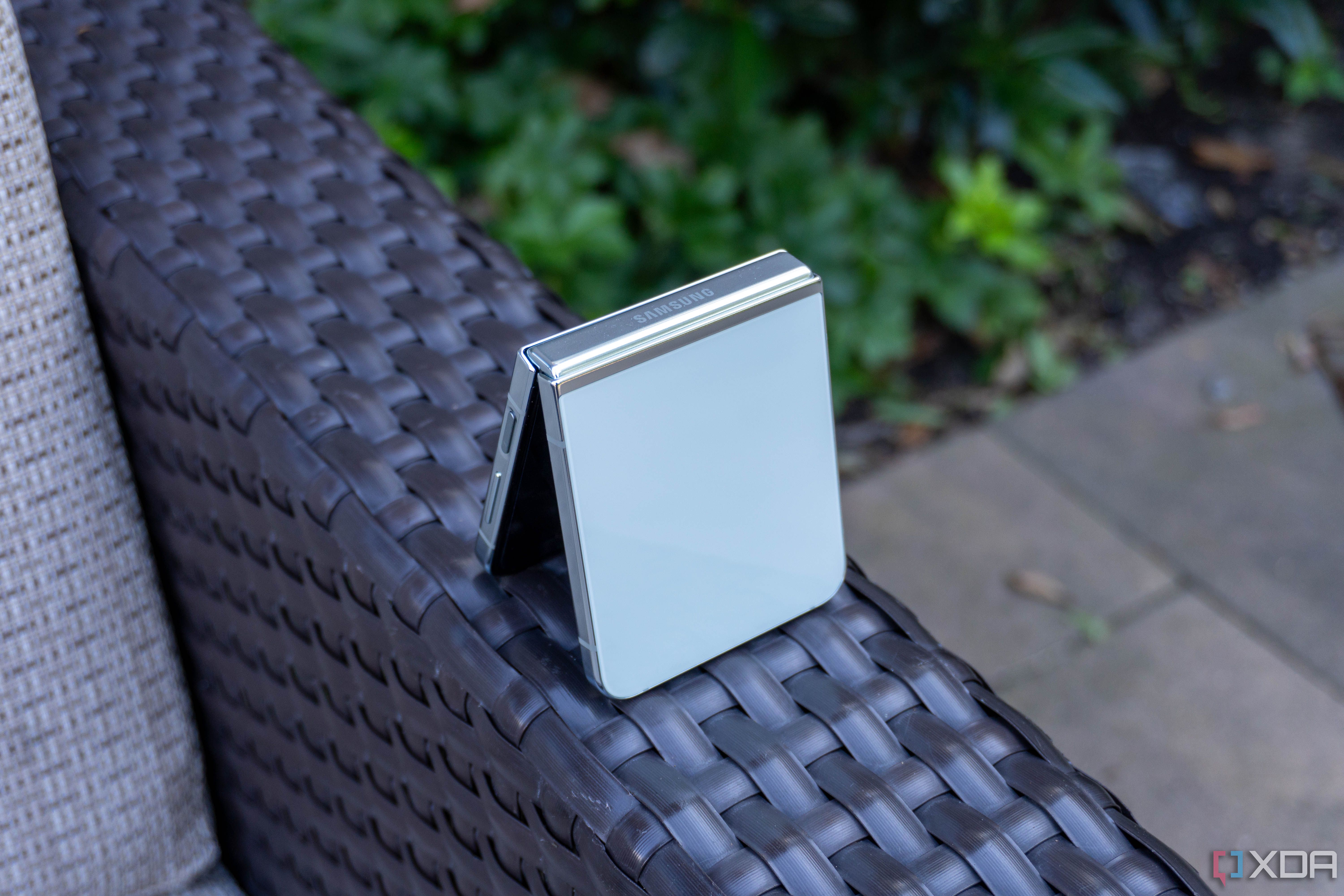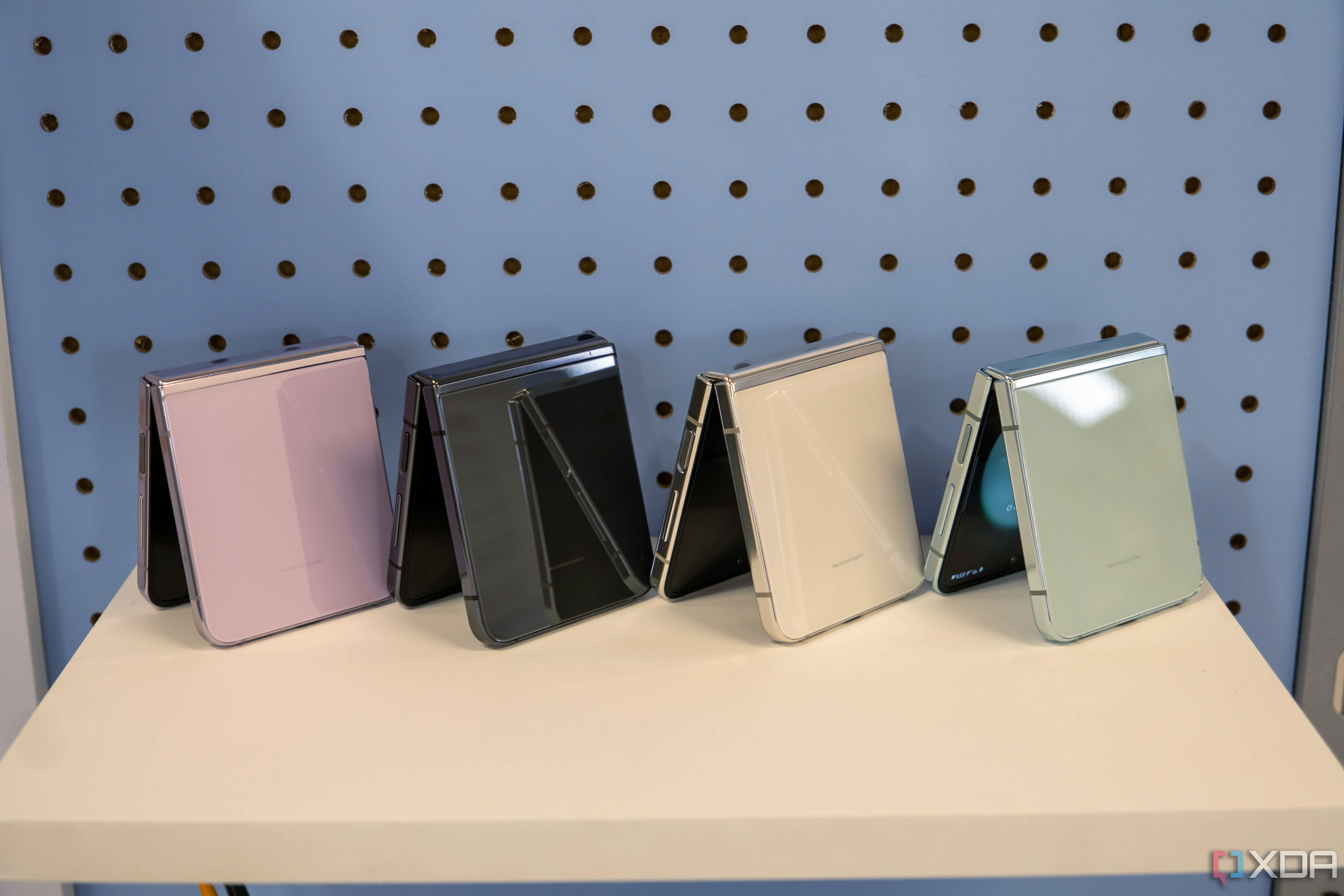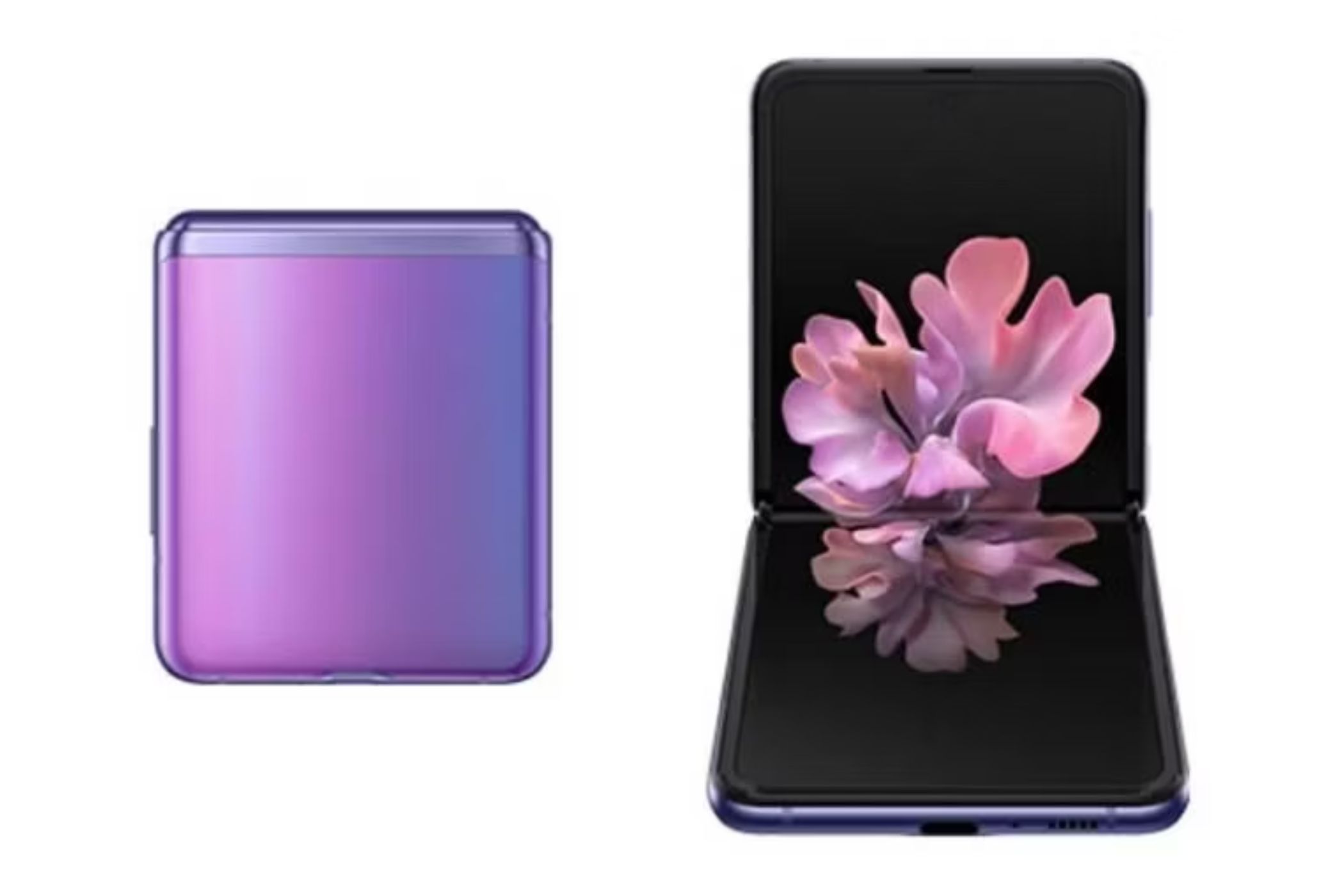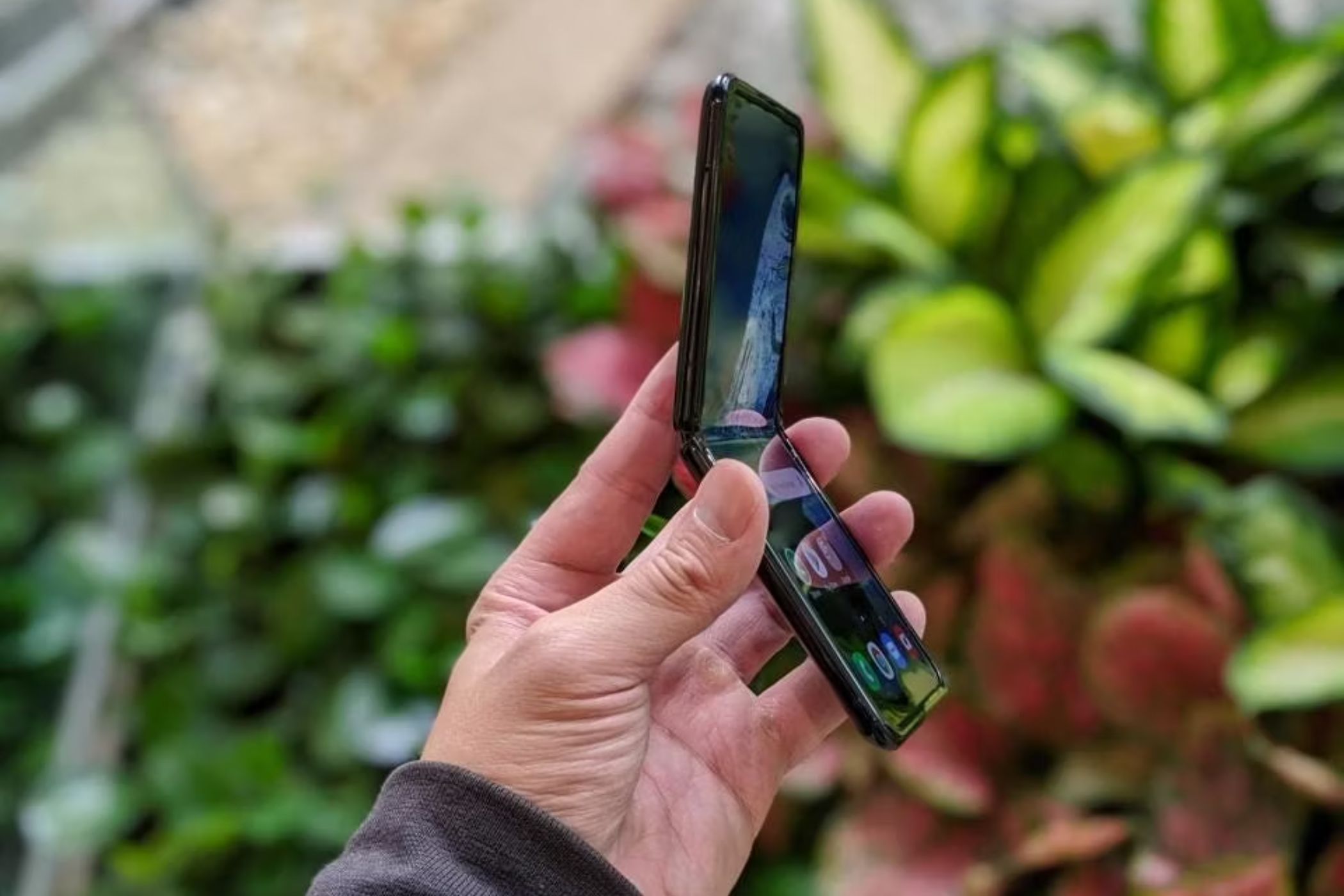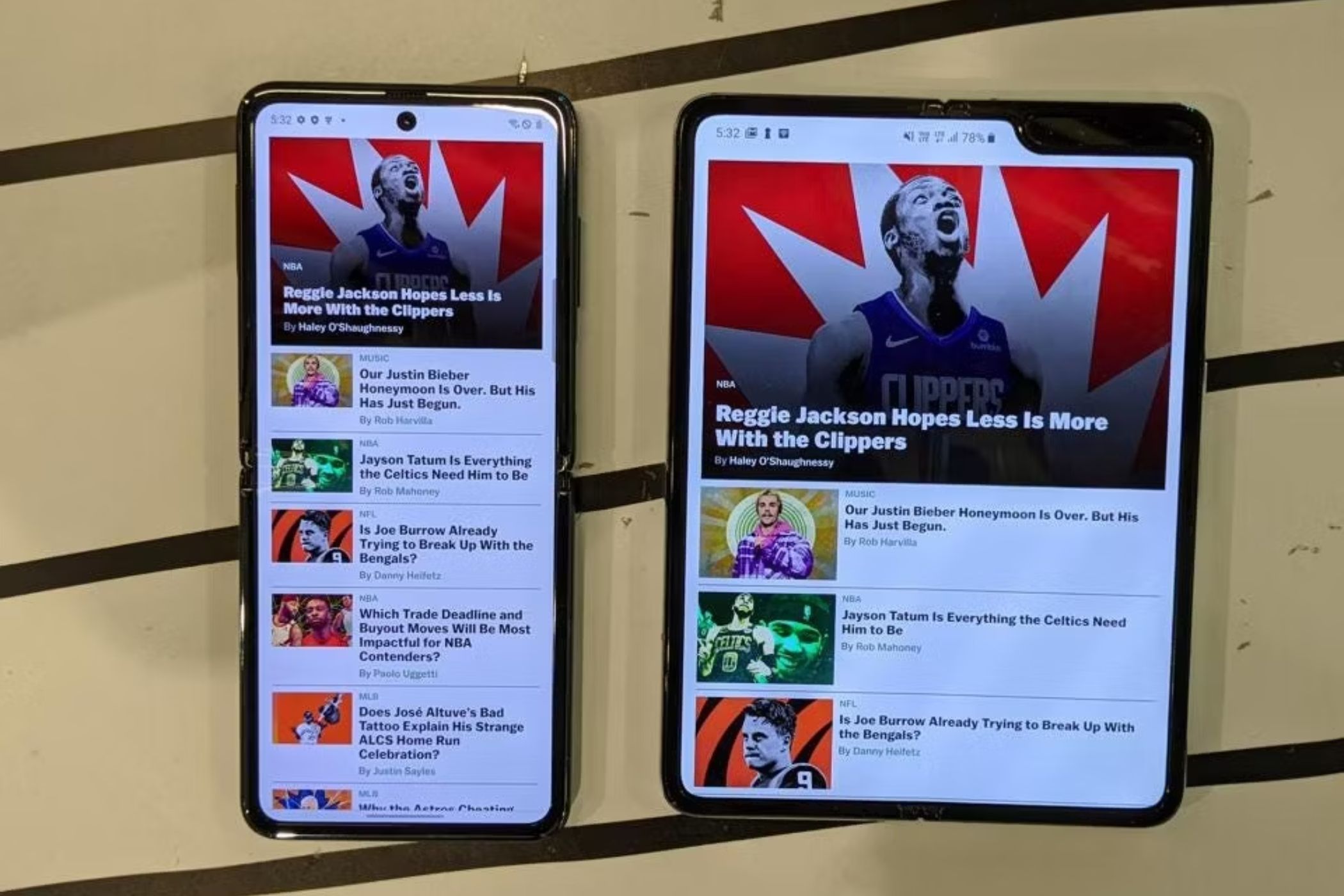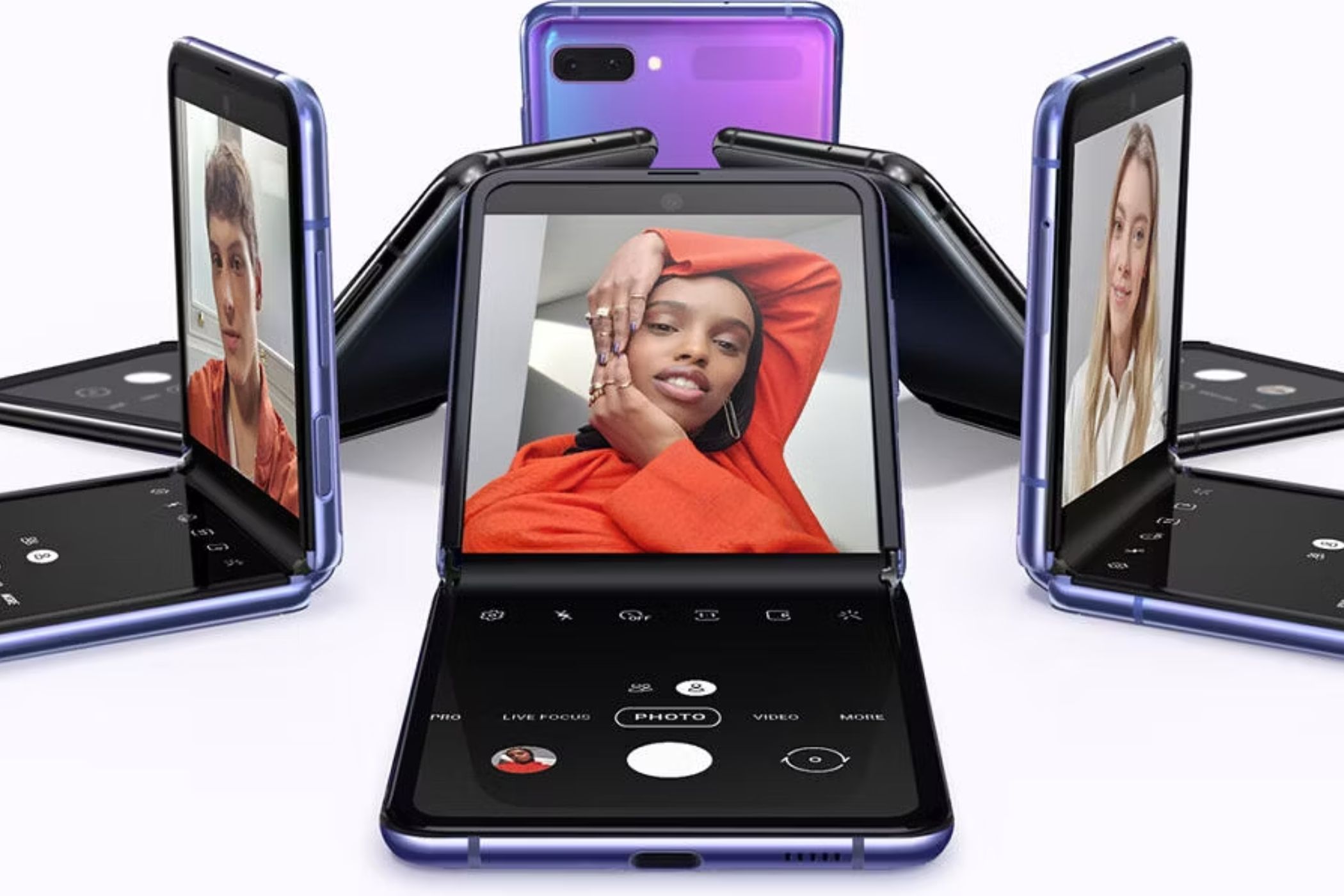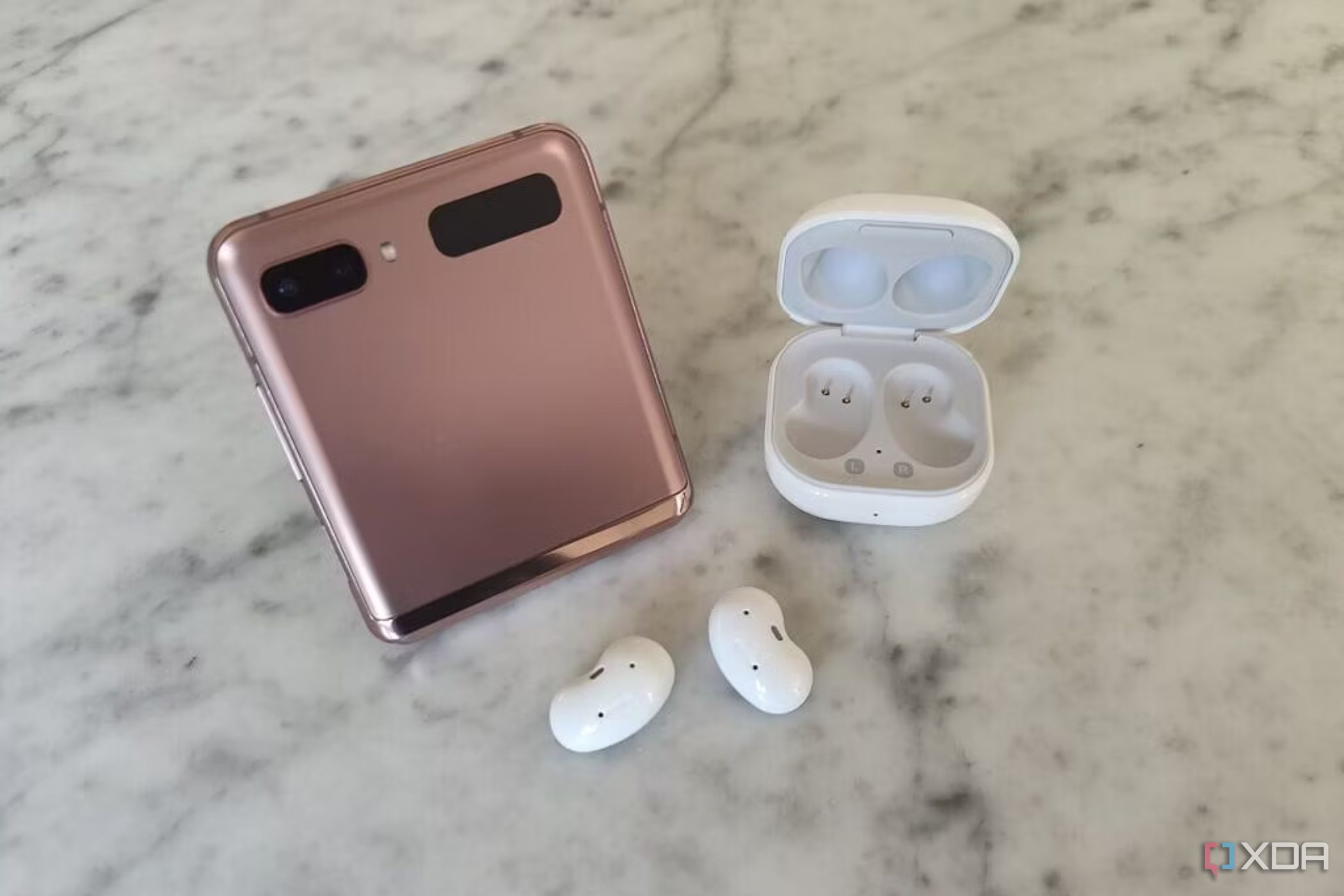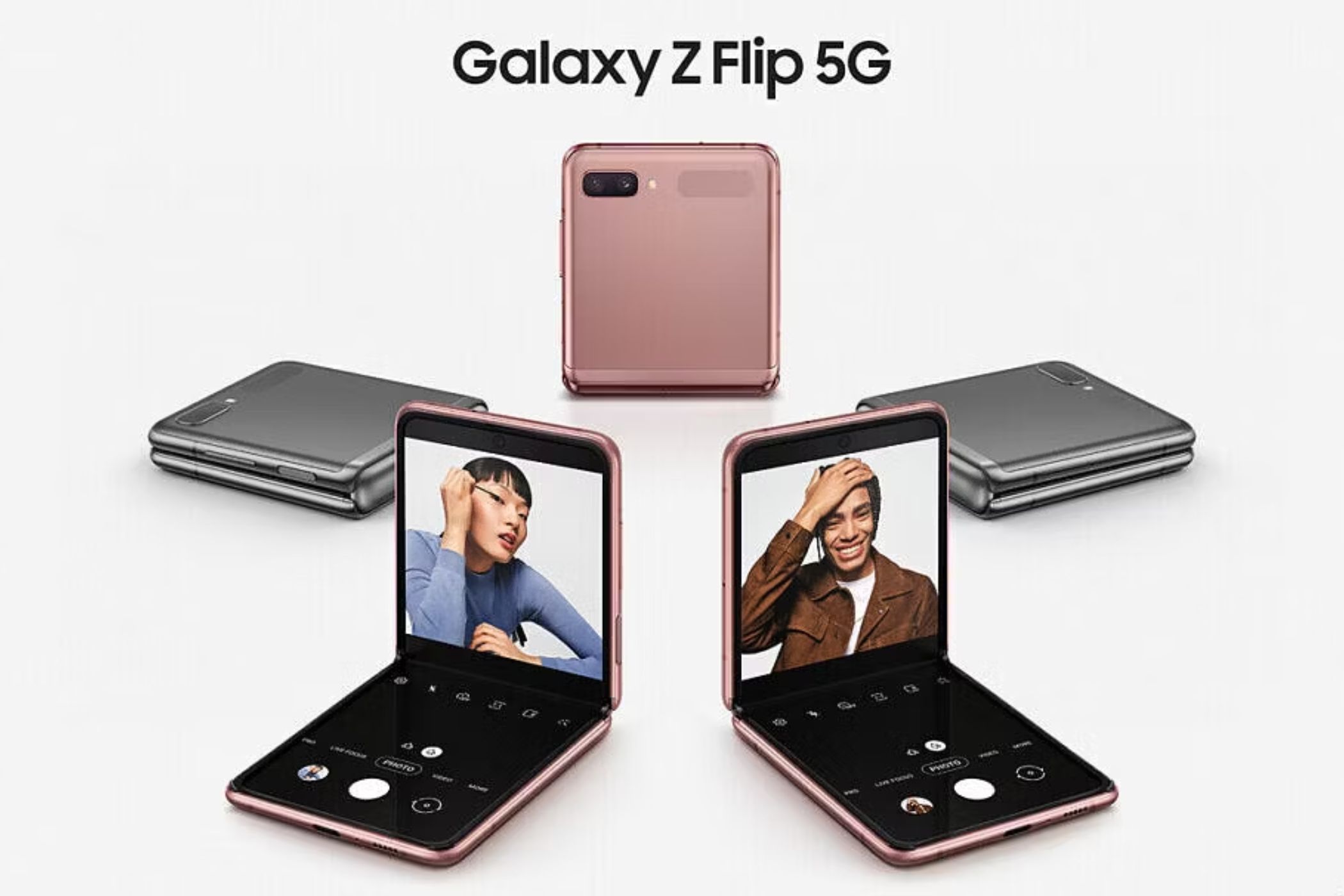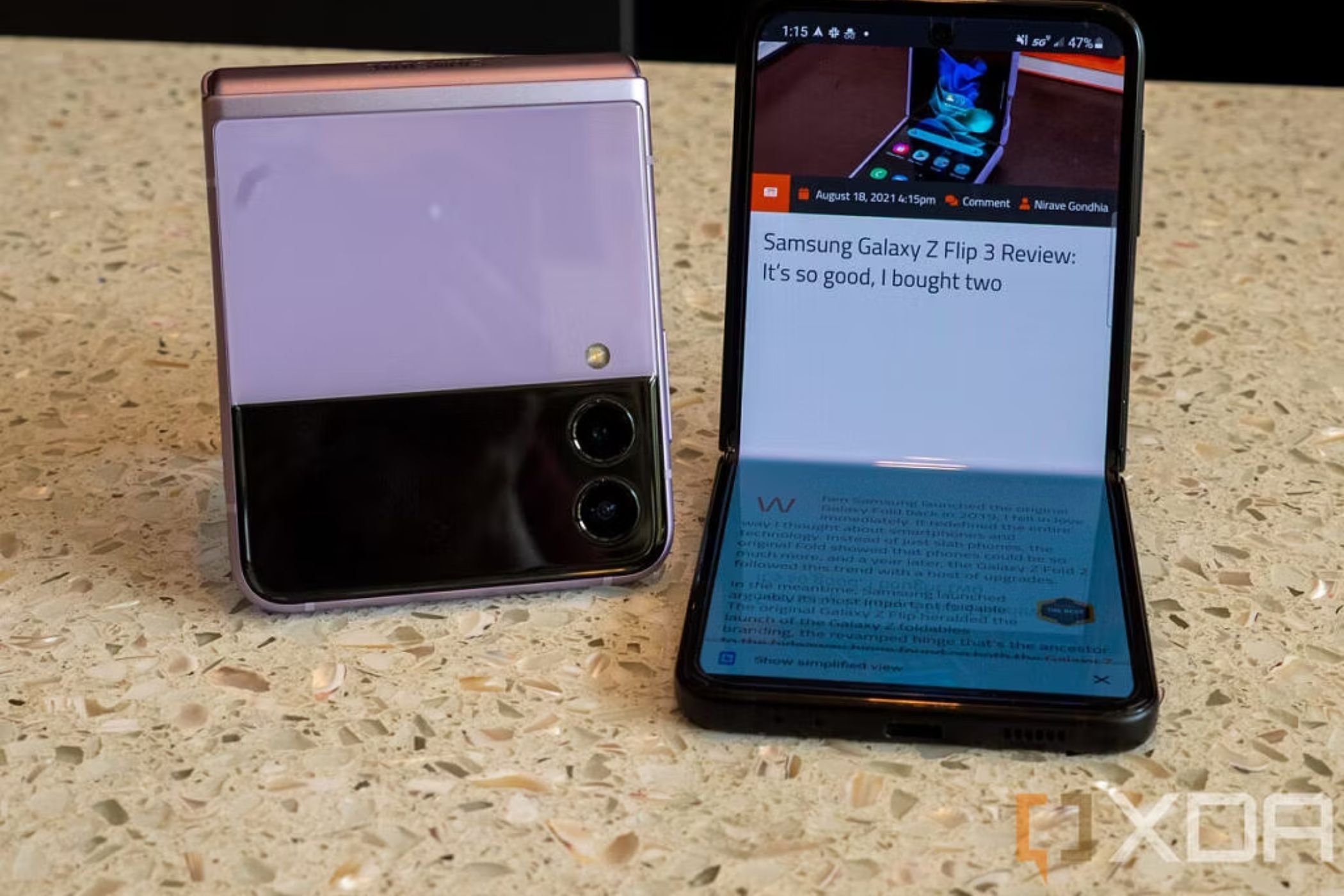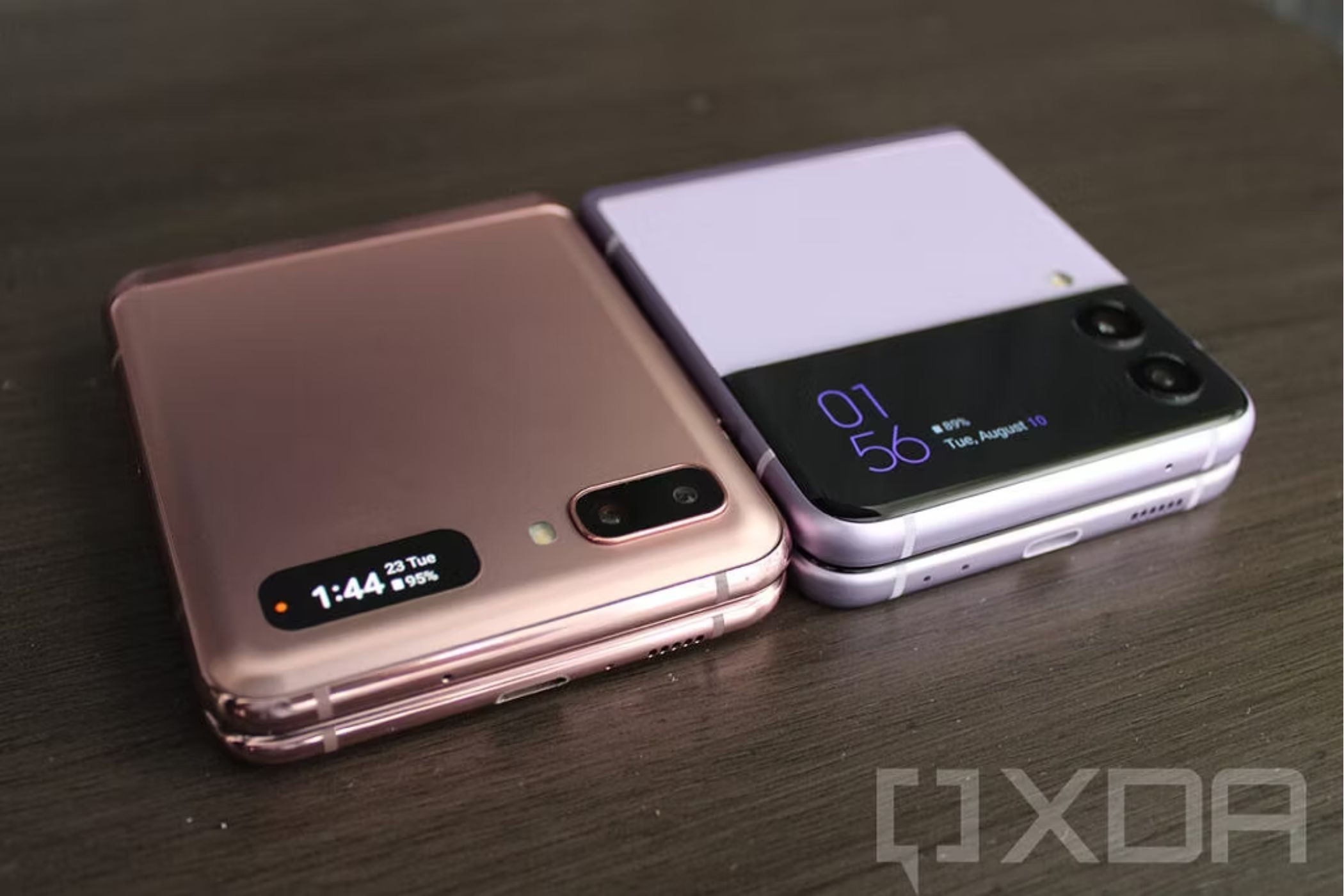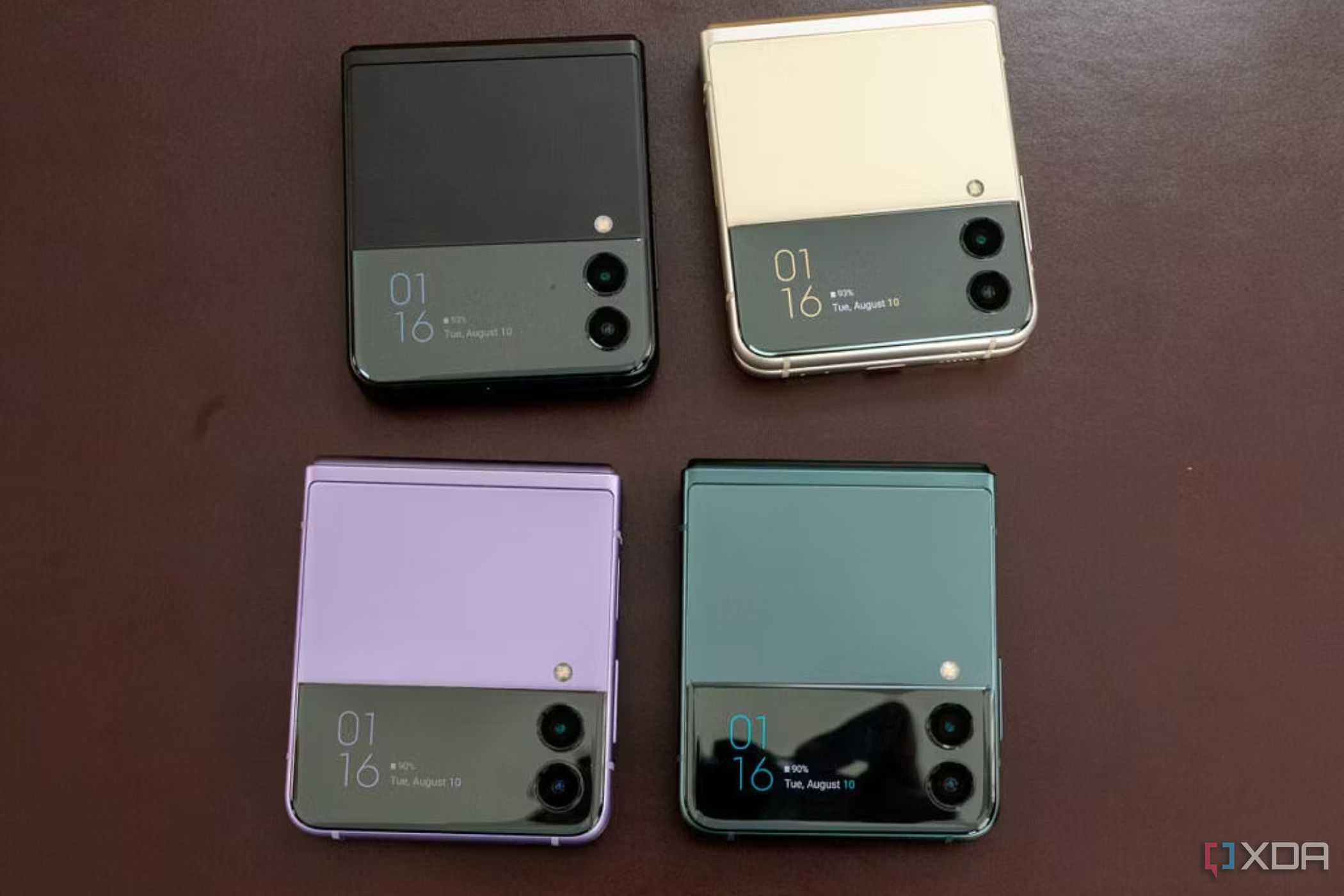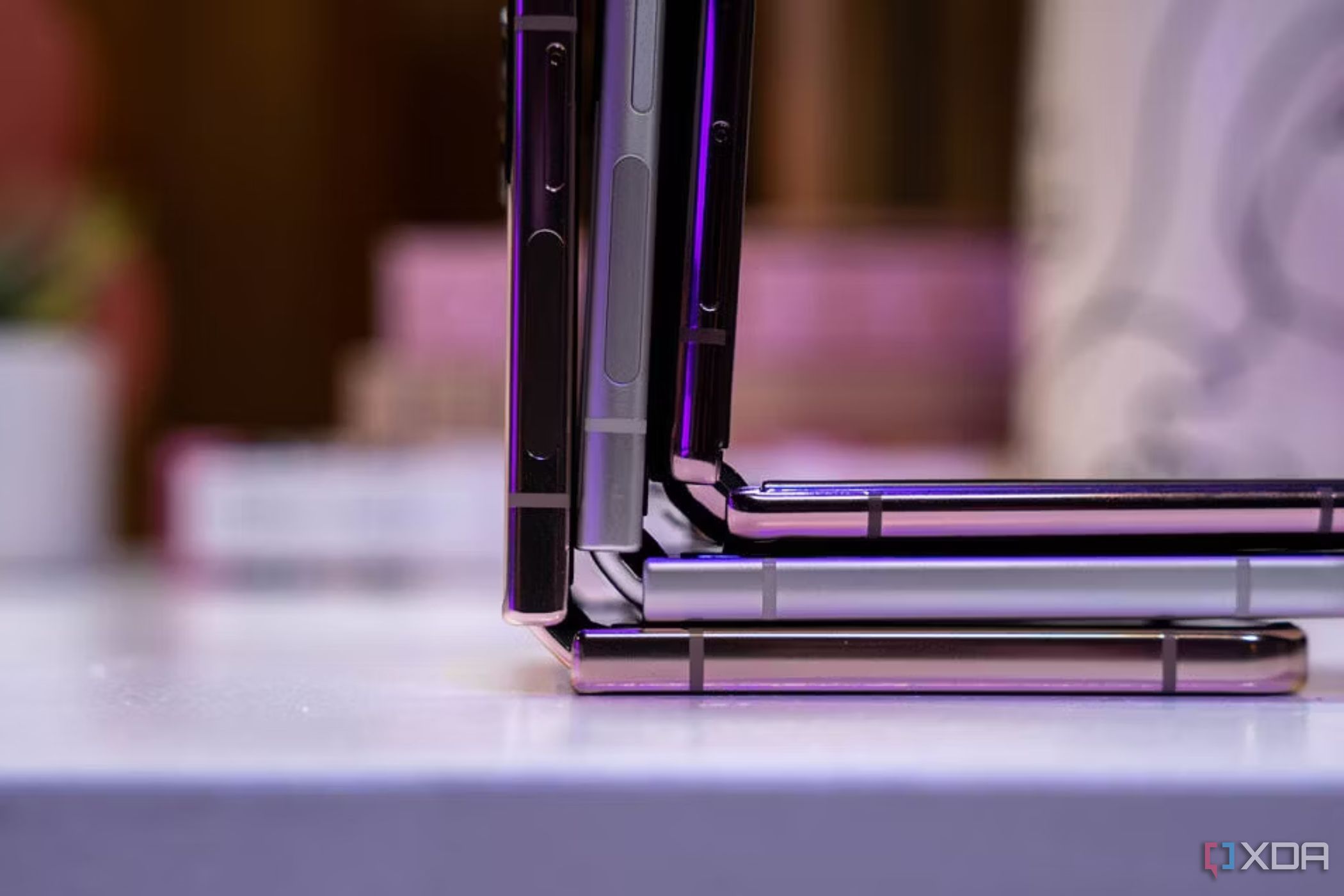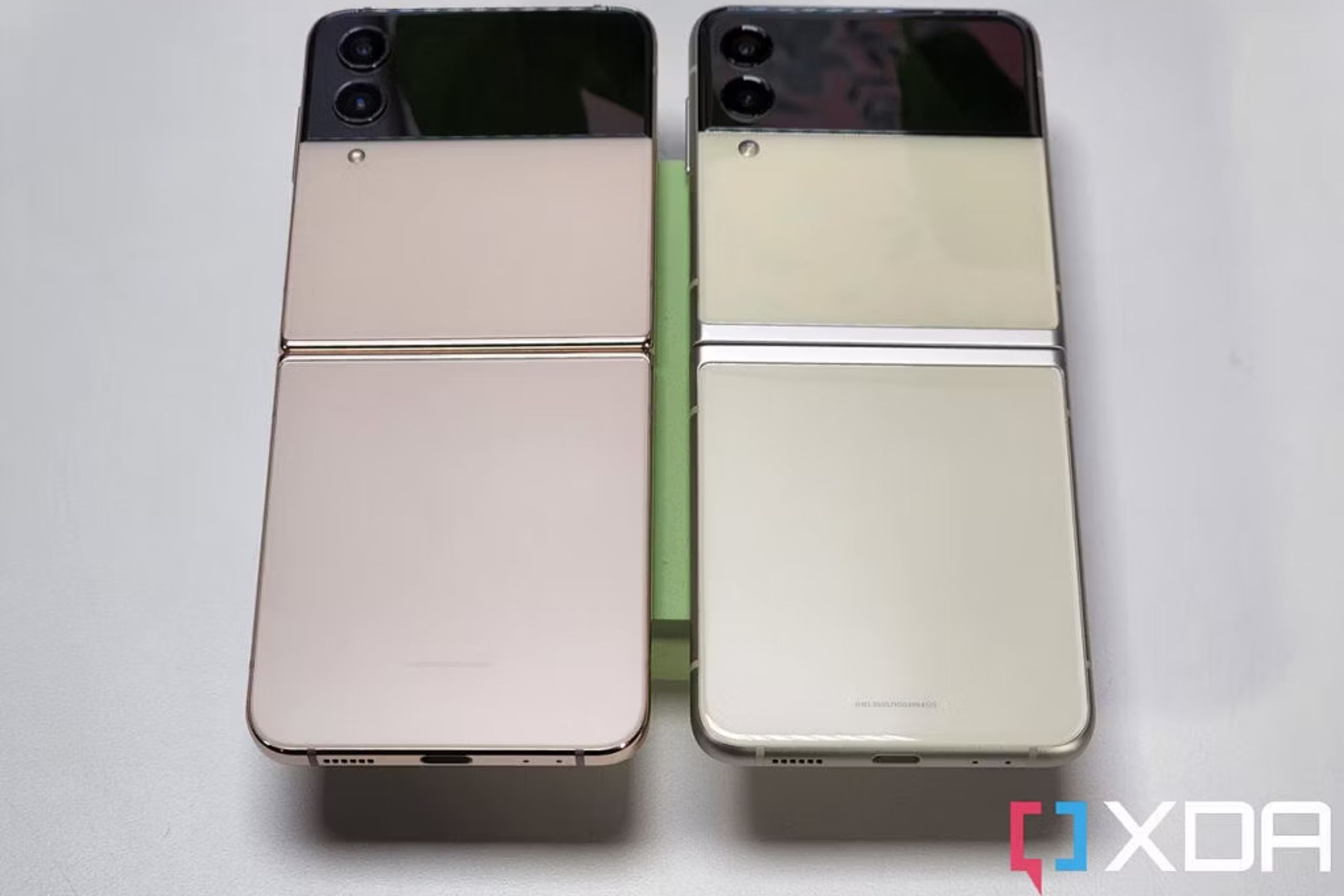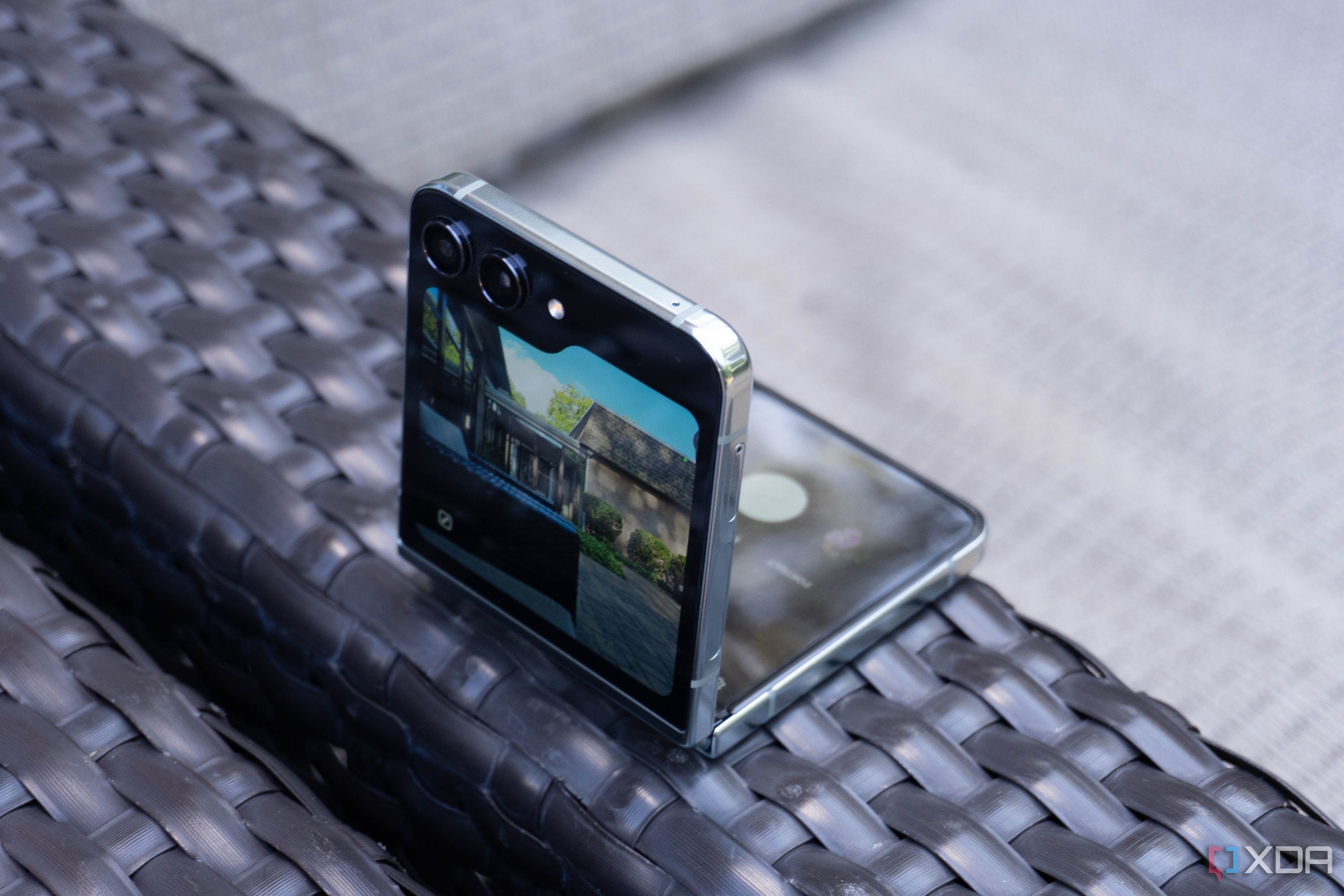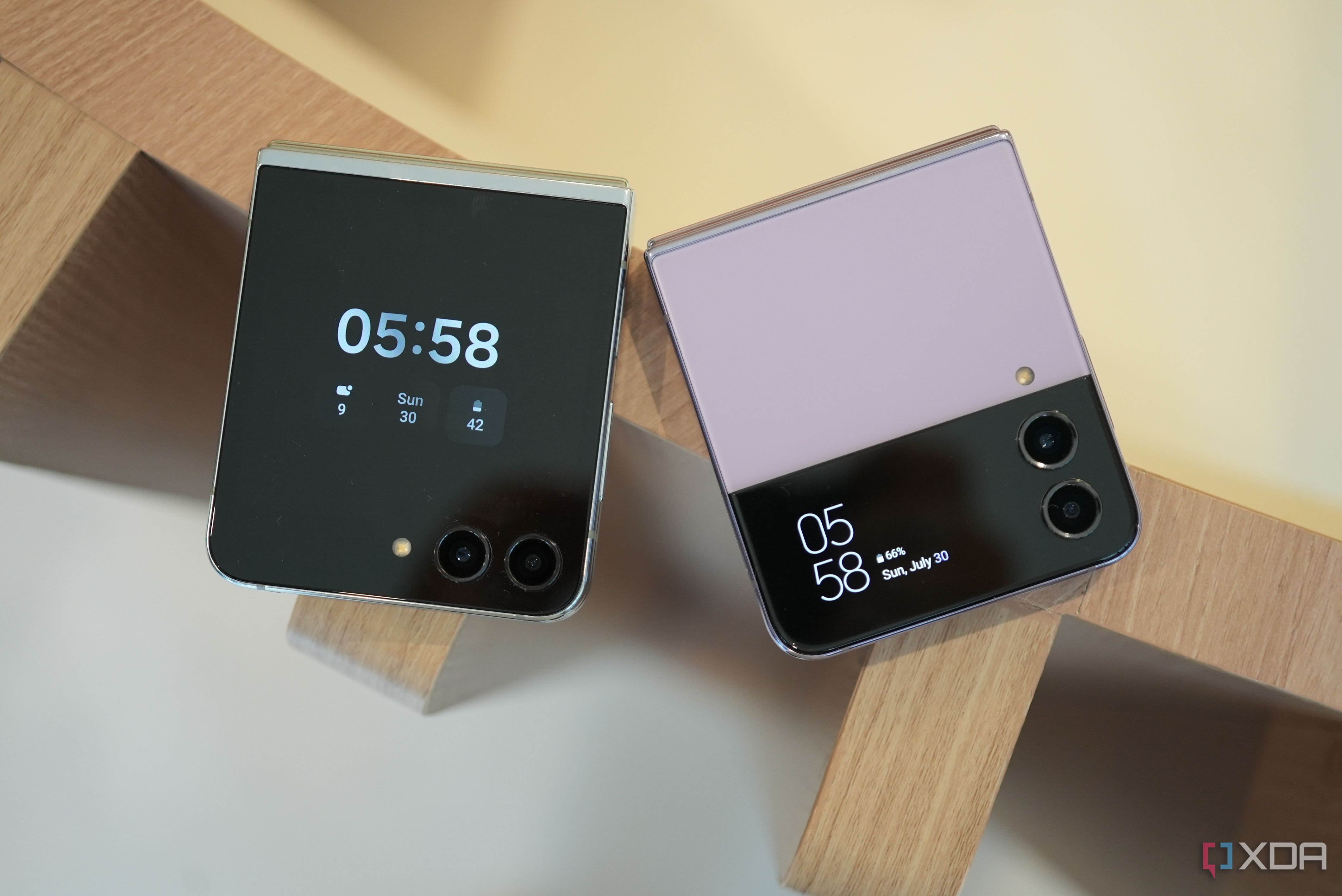Key Takeaways
- The Samsung Galaxy Z Flip 3 achieved mainstream success by improving upon its predecessors and offering a lower price point.
- The Galaxy Z Flip 4 continued the trend of iterative updates, with improvements to the hinge and battery life, as well as more software features.
- The Galaxy Z Flip 5 introduced significant upgrades, including a larger outer screen, a new hinge that allows for a flat fold, and a new Snapdragon chip, making it a highly recommended phone.
Whether it's the sales figures collected by research firms, Samsung's own marketing claims, or my own personal anecdotal experience from seeing what phones people use in multiple countries, it's clear the Samsung Galaxy Z Flip 3 was a big hit, and perhaps the first foldable phone to achieve mainstream status instead of being a niche, enthusiast-only device.
This wasn't exactly a surprise for many of us in the tech media who predicted wider appeal for the Galaxy Z Flip 3 when it came out. The clamshell foldable brought major improvements over the first two Flips, but perhaps most importantly, Samsung managed to get pricing to under the four-digit mark. That's a whopping 50% cheaper than its predecessor, which automatically made it a lot more appealing. It wasn't without its flaws, though, and Samsung was able to solve many of those with its successor, the Galaxy Z Flip 4.
The Galaxy Z Flip 4 was an important device for Samsung to get things right, but the Galaxy Z Flip 5 is easily the best clamshell we've seen from the brand. We're still a few months away from getting a first glimpse at the next clamshell phone, so let's look back at all five generations of the Galaxy Z Flip in the meantime, to see how Samsung's clamshell foldables have evolved over the years.
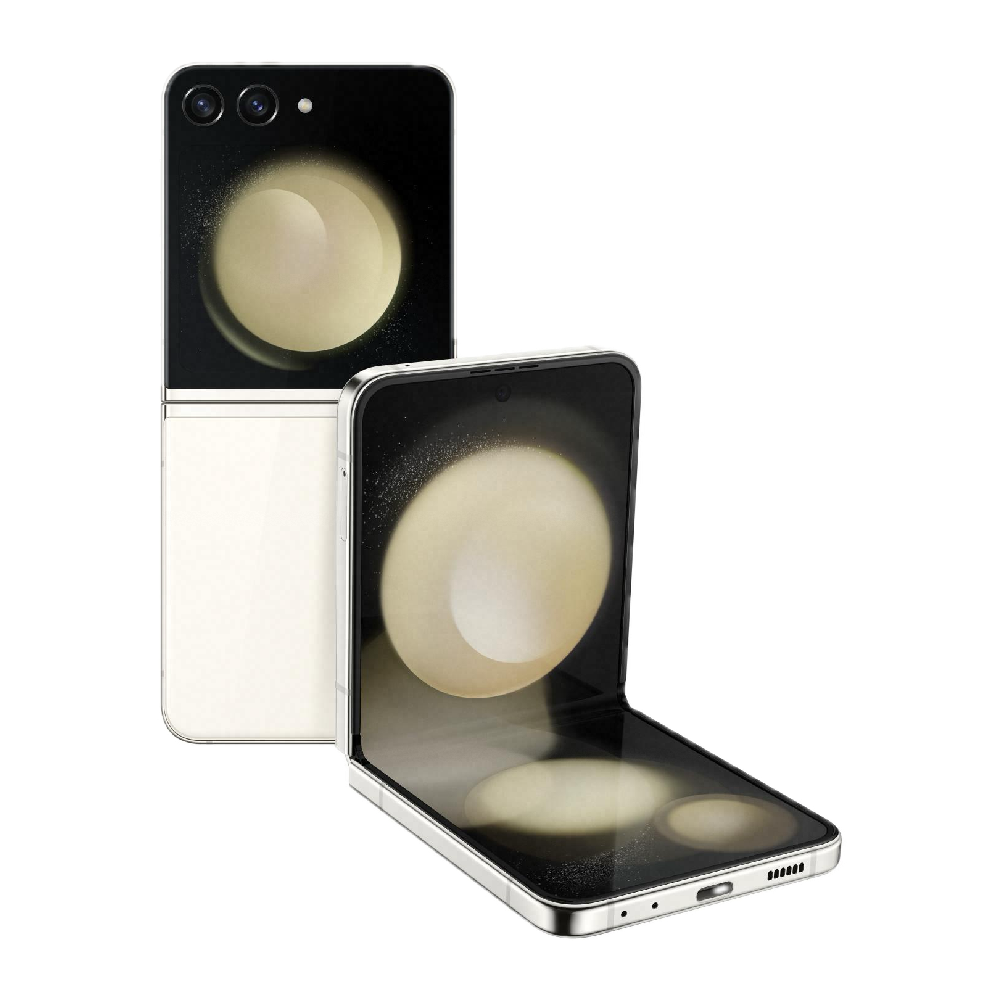
Samsung Galaxy Z Flip 5
The Galaxy Z Flip 5 is the latest compact foldable from Samsung, offering a flexible 6.7-inch internal display, a 3.4-inch external display, the Snapdragon 8 Gen 2 chip, and much more.
Samsung Galaxy Z Flip
The resurrection of the clamshell
Launched in February 2020 — just five months after the delayed launch of the original Galaxy Fold — the Z Flip would introduce three things that have since been a constant in Samsung's foldable series. The first: ultra-thin glass technology that gave the plastic bendy OLED panel a texture closer to resembling glass. Second: the Z Flip was the first foldable to have a hinge that could stay in place mid-fold, which Samsung calls "Flex Mode." The third is more frivolous: this was the device when Samsung introduced the Z branding (the original Fold was just named the Galaxy Fold without any unnecessary random alphabets).
Unlike the Galaxy Fold, which was a new form factor we had not seen before, the Galaxy Z Flip felt familiar from the get-go: a throwback to the clamshell mobile phones of the early 2000s. With a 6.7-inch screen in a more conventional form factor, the Galaxy Z Flip also felt pretty much like a normal slab phone when unfolded. Apps also ran on this phone with no problems, unlike the Galaxy Fold, which dealt with plenty of app scaling issues in its first few months.
Let's go back to Flex Mode, which was and still is an ingenious idea that drastically improved the functionality of foldables. The original Galaxy Fold had a hinge that could only stay still when fully opened or folded. When it's in between, it would flop around like a dead fish. The Galaxy Z Fold's much sturdier hinge that could stay still didn't just inspire a lot more confidence in the hinge's build quality but also opened up the device to be used hands-free. Because the upper half of the screen could essentially stay upright, the Galaxy Z Flip allowed users to take hands-free selfies or video calls, without needing to prop up the phone.
And since the Galaxy Fold had already been in retail for months without major issues, there was a lot less skepticism about the durability from consumers and media alike this time around.
In hindsight, the Galaxy Z Flip did have some baffling limitations that were overlooked due to the freshness of the form factor. The first is that the phone shipped with an older Qualcomm Snapdragon 855 Plus chip, and it did not support 5G (it's widely believed that the delayed launch of the original Fold also delayed the Flip's debut, which really should have come out in late 2019). Another issue is the minuscule 1.1-inch outside "cover display" that was really only good for showing notification icons and time. This meant the Galaxy Z Flip was a phone you still had to unfold every single time you want to do anything with it.
Samsung Galaxy Z Flip 5G
Just a processor bump
The second Flip wasn't so much a real next-gen device, but rather a slightly modified version of the original Flip. It's basically the same phone except it runs on the newer Snapdragon 865 Plus chip with 5G support. The newer Snapdragon chip enabled superior CPU and GPU performances too, but the difference wasn't night and day, since the previous phone also had a top-end chip.
Samsung Galaxy Z Flip 3
The phone that made foldables mainstream appealing
As mentioned at the beginning, the Galaxy Z Flip 3 was a major success for Samsung, and it's not hard to see why: Samsung made major improvements that generation, while somehow cutting the price by 50% ($999, compared to the $1,450 price of the Galaxy Z Flip 5G).
The first improvement came in the form of a "cover display," which was 4X larger than the previous Flip's outside screen. It was big enough to let Flip 3 users actually use the phone without having to constantly unfold it for things like reading text messages, checking weather, and controling music playback.
The Flip 3 was also more durable, thanks to Samsung's Armor Aluminum toughened frame, and Gorilla Glass Victus protection for the display. The Flip 3 also gained an official IPX8 rating, that allowed it to withstand splashes of water (like using it in the rain). The Flip was, along with the Galaxy Z Fold 3, the first foldable to have any sort of official IP rating.
The Galaxy Z Flip 3 essentially addressed all the initial criticism people had about foldables, we at XDA were also huge fans of the two-tone design compared to the somewhat bland first two Flips.
Samsung Galaxy Z Flip 4
If it ain't broke, don't fix it
Much like the second Galaxy Z Flip, the fourth generation Galaxy Z Flip 4 was a mostly iterative update, which brought back the same design. It had an improved hinge, so the "spine" didn't protrude as much in folded form. That change, however, wasn't as prominent on the Flip 4, as it was on the Fold 4, meaning it didn't make that much of a difference due to its nature of folding vertically. Mechanically speaking, and based purely on the in-hand feel, there wasn't much difference between the Galaxy Z Fold 4 and last year's phone, although the Galaxy Z Flip 4 was also a hair thinner overall (0.8mm thinner when unfolded, 1.6mm thinner when folded).
That's not to say the Galaxy Z Flip 4 didn't bring improvements. The newer Qualcomm Snapdragon 8 Plus Gen 1 SoC brought noticeably better battery life than the Snapdragon 888 powering its predecessor, and Samsung added more software features to the outside display, as well as Flex Mode.
You could even do hands-free streaming to YouTube, Instagram, Facebook, and more. Google apps such as Google Meet were also better optimized to take advantage of the Galaxy Z Flip 4's unique form factor. The Galaxy Z Flip 4 was also more durable, with improved "Armor Aluminum" enforcing the frame, and Gorilla Glass Victus Plus protecting the display.
Samsung Galaxy Z Flip 5
With the biggest improvement to the lineup
There was plenty to like about the Galaxy Z Flip 4, but it's safe to say that it was only a minor improvement that didn't move the needle in the way the Galaxy Z Flip 5 has done now to improve the overall experience. The Flip 5 is a massive step-up, with one of the biggest change being the bigger outer screen. The 3.4-inch outer screen itself is a huge upgrade compared to the 1.9-inch panel on the Flip 4. The Flip 5 also has a new hinge, which allows it to fold flat, and you also get things like a new Snapdragon chip and more storage in the base variant.
It would have been nice to see an improved set of optics, and a seamless display with no crease on the Flip 5, but the changes that made it to the final version were also quite good. The outer screen, in particular, makes it a no-brainer when you look at the Galaxy Z Flip 5 vs Galaxy Z Flip 4 comparison. It just feels like a more polished and finished phone overall, that's very easy to recommend.
The competition in the foldable space is more fierce than ever, and it's going to be interesting to see how Samsung manages to improve its existing clamshell phone to make them stand out. The Moto Razr+ is already a great alternative that's often discounted to undercut the Flip 5. We also expect other manufacturers to bring their clamshell phones to the U.S., so we hope Samsung is planning to switch things up a bit instead of pushing another iterative upgrade.

Samsung Galaxy Z Flip 5
The Galaxy Z Flip 5 is the latest compact foldable from Samsung, offering a flexible 6.7-inch internal display, a 3.4-inch external display, the Snapdragon 8 Gen 2 chip, and much more.

